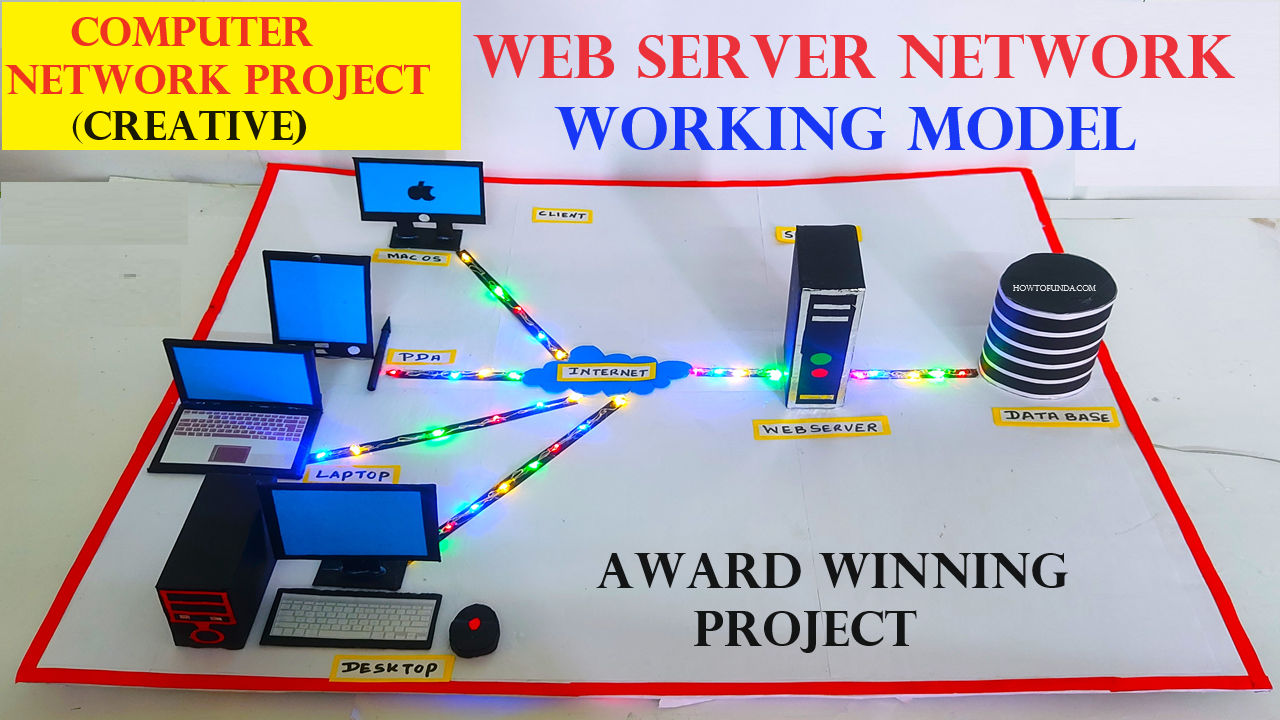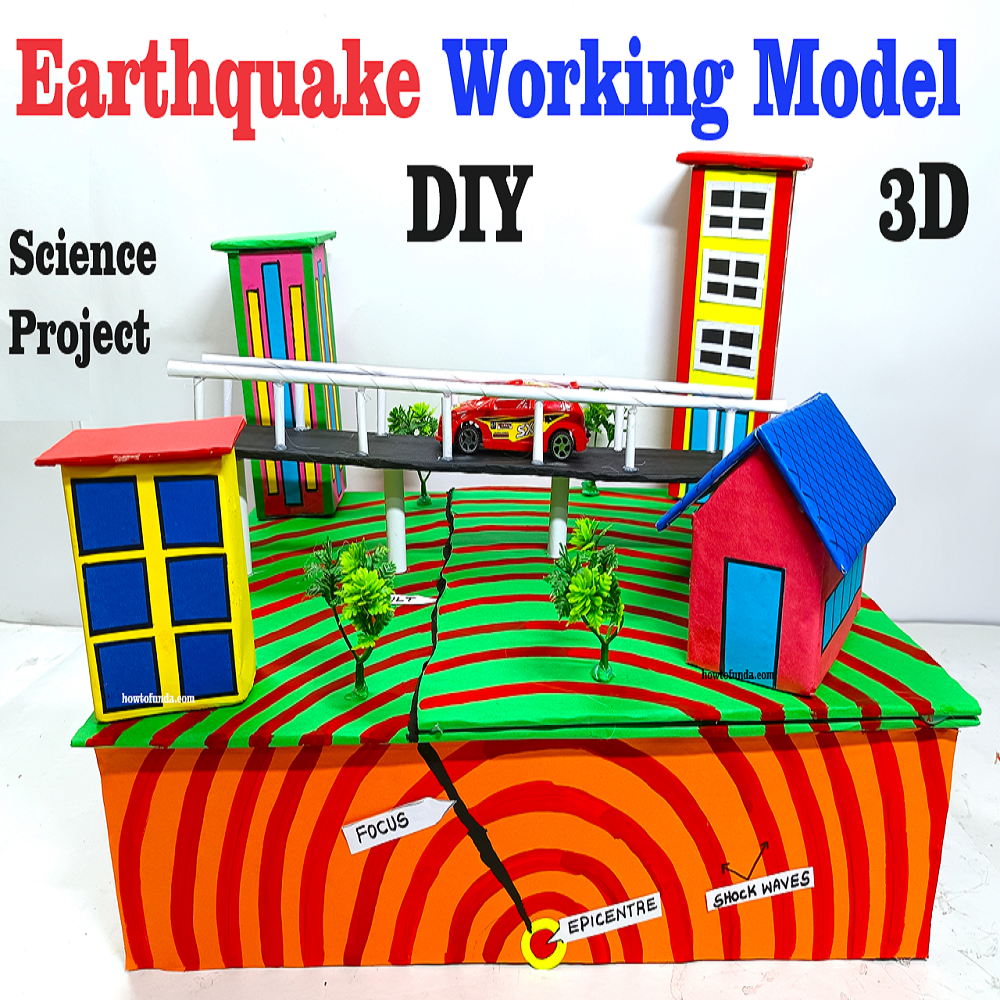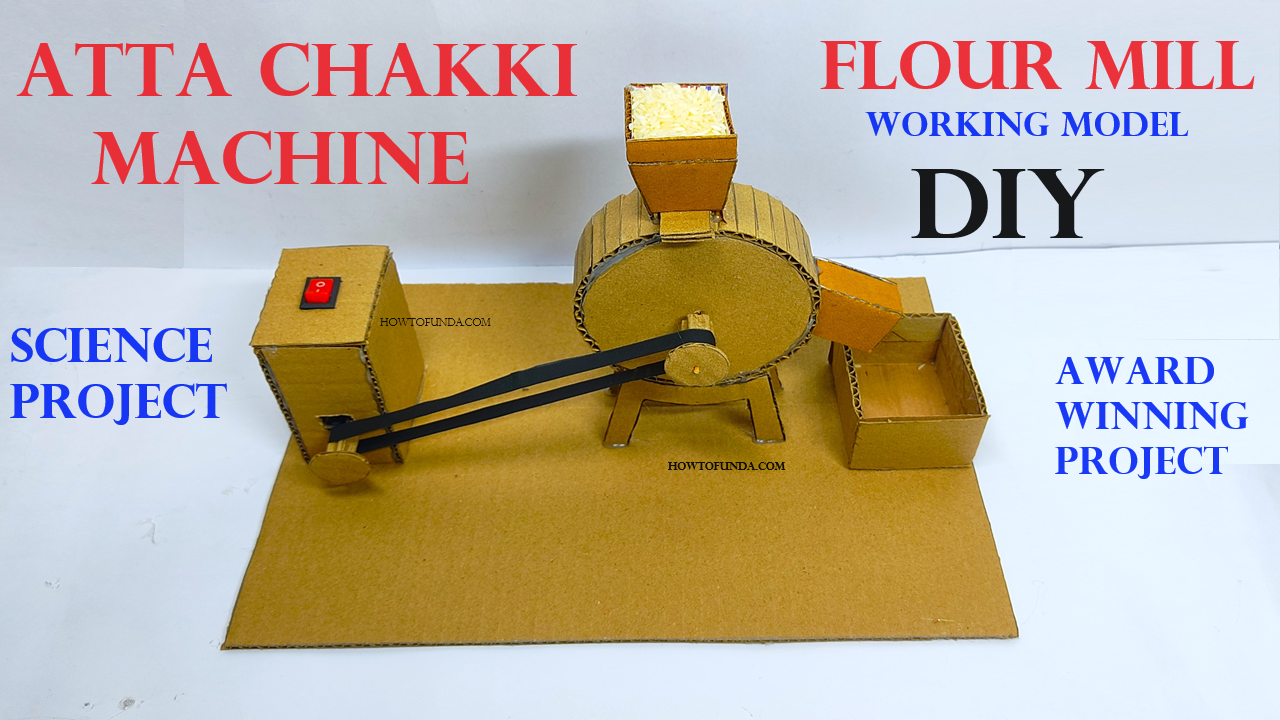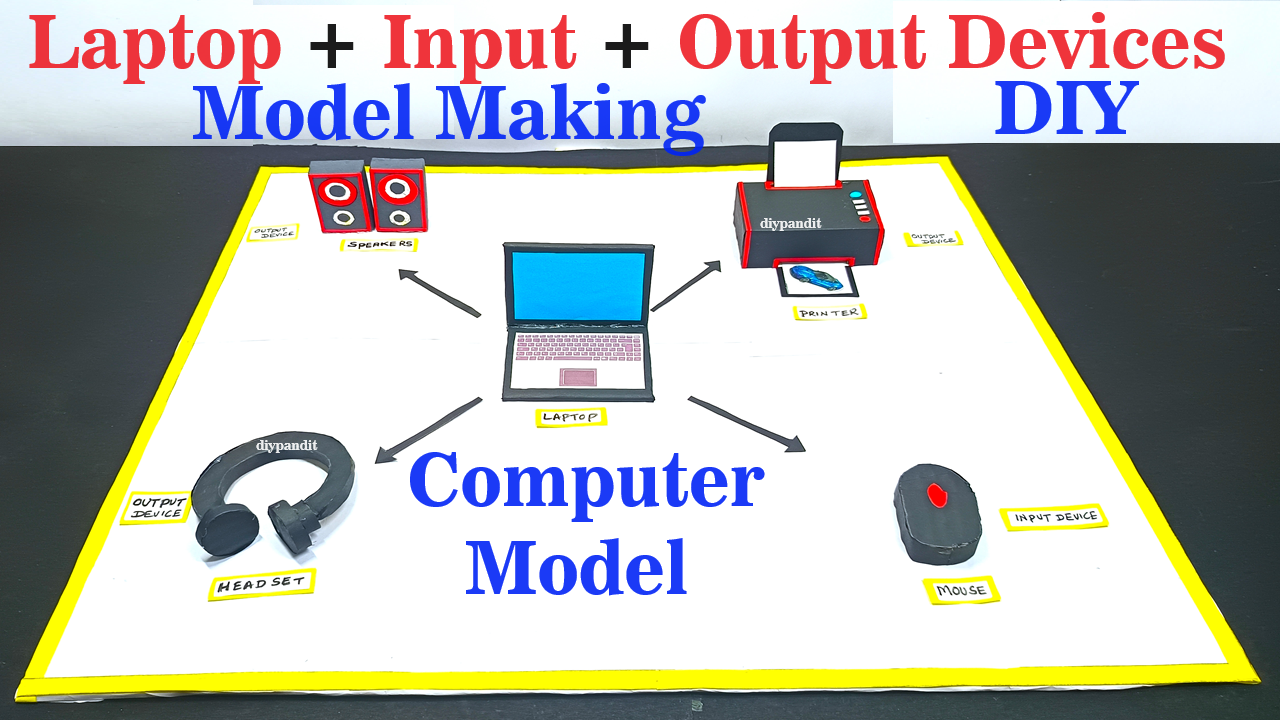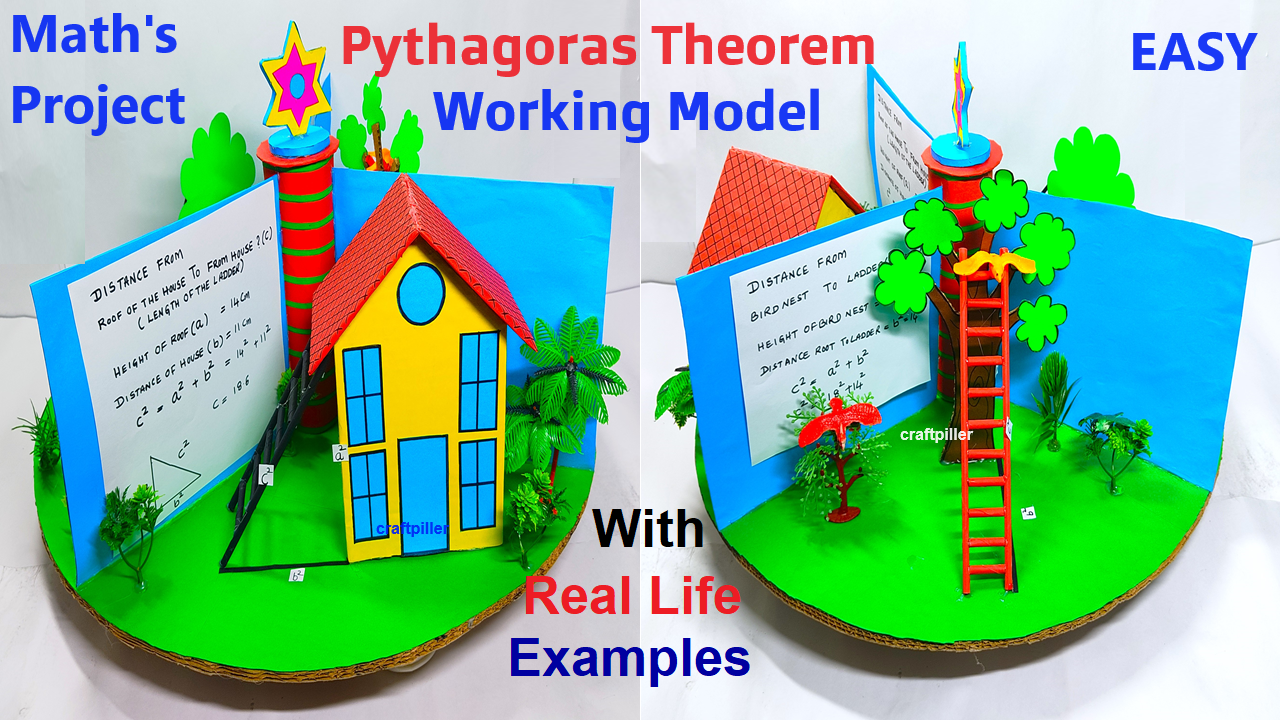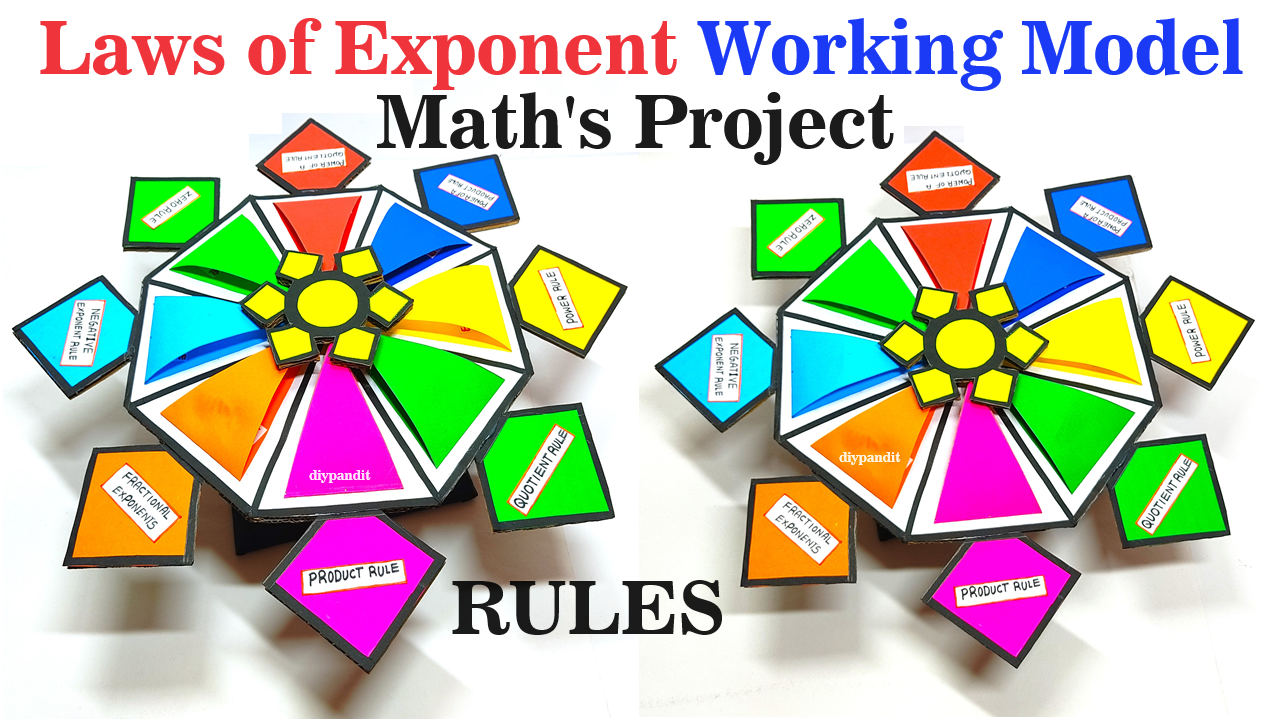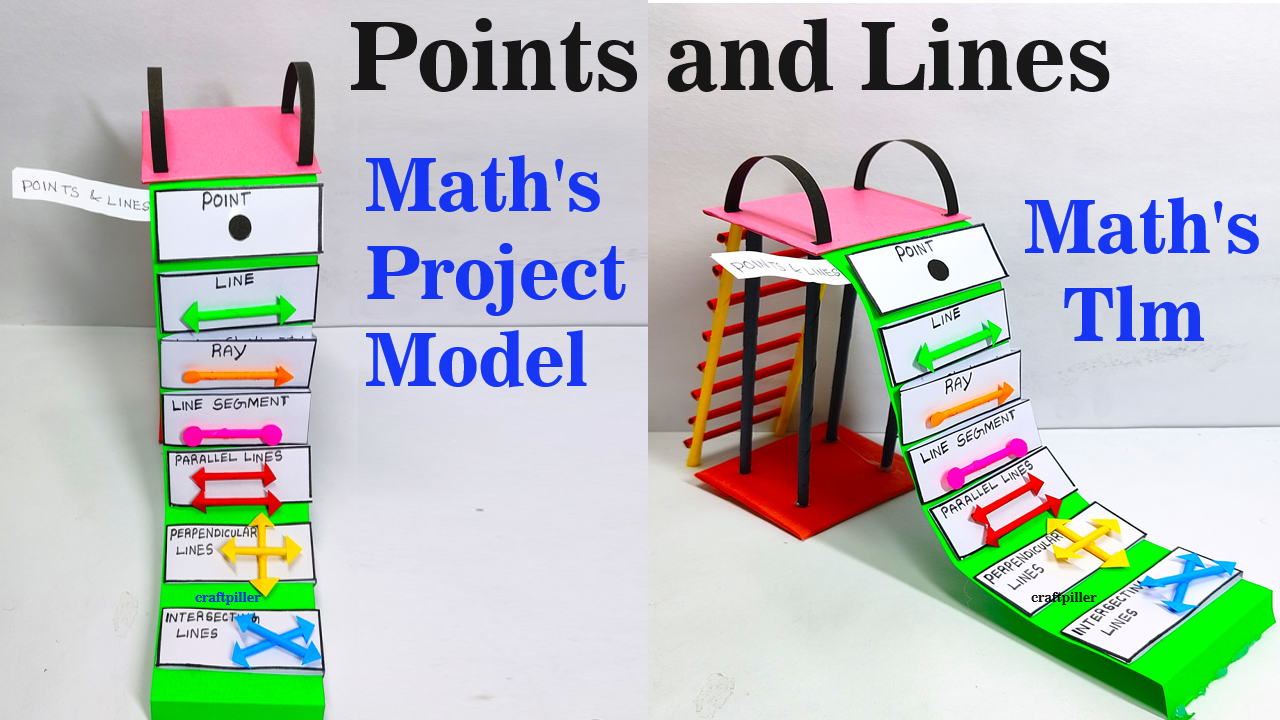how to make computer network working model – web server – client – server | howtofunda
The purpose of creating a working model of a web server network is to demonstrate the infrastructure and functionality of a typical network used to host and deliver web services. This model provides insights into how data is exchanged between clients and servers over the internet and the role of various components in facilitating this … Read more

